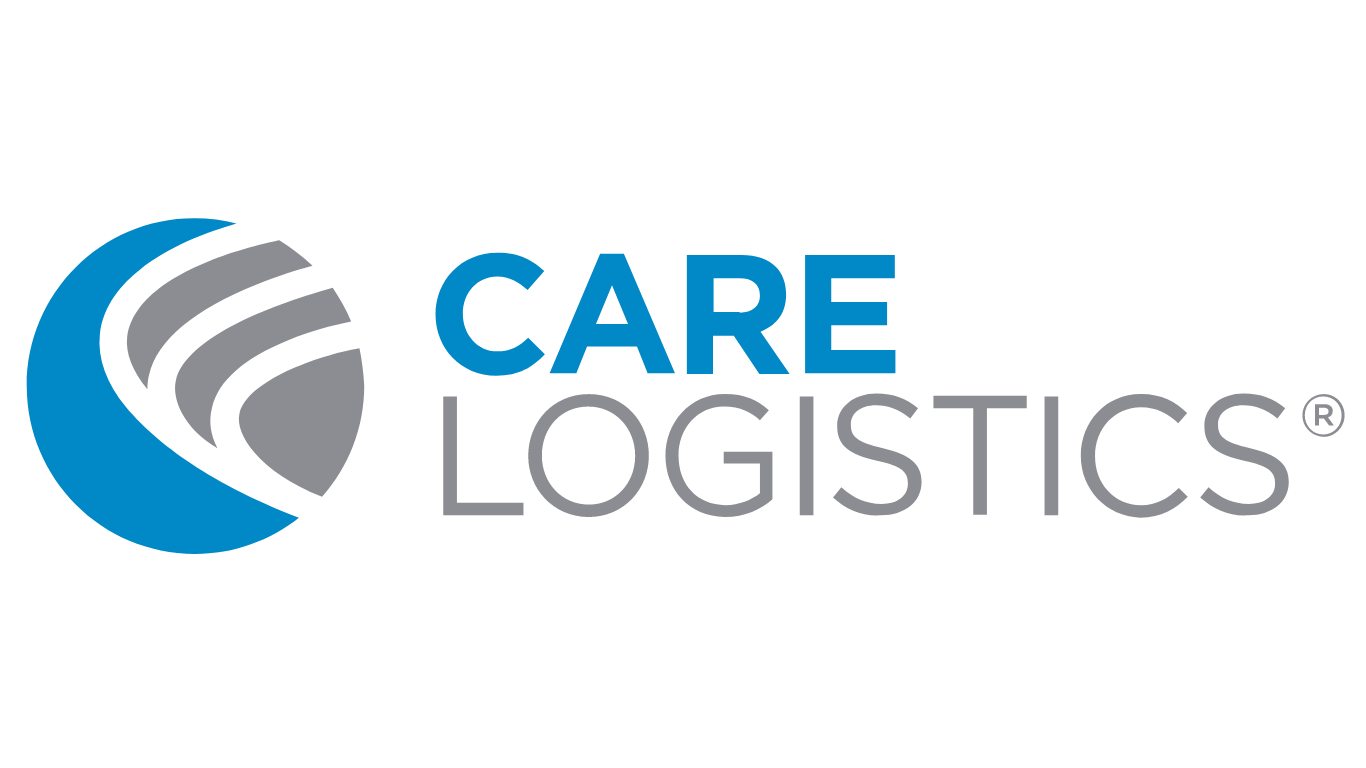Solving Patient Progression: Is Your Facility Up to the Challenge?
To solve complex problems in-house, you might need more resources than you expect.
By Kelly Weakley
A facility-wide patient progression overhaul is a massive task for any hospital to tackle. In order to overcome the barriers to patient progression and streamline your patient flow, all your facility’s resources must be leveraged, and every department must work together to battle the obstacles your hospital is facing. We’ve provided a checklist for you here to see if your facility is prepared to undergo such a radical transformation.
1. Determine the strategy, goals, and key performance measures of your project
How will you determine if your project is successful? What sort of measurable metrics will you use? Determining specific areas for improvement for your project is key to determining its success. Answering these questions can help set solid benchmarks for your organization to follow and allows you to answer the question “Did we achieve what we wanted?”.
Next, you must determine your final goals. Is your goal to improve LOS? Reduce leave without treatment rate? Improve patient satisfaction? Keeping goals specific and simple allows your organization to align with these key performance measures and guide its actions in the same direction. However, it is important that you be careful not to misdiagnose the issue your organization is facing. Is your issue really an ED bottleneck? Or are your nursing units facing hidden barriers farther along in patients’ care? You must ensure that you are diagnosing the core issue, not just a symptom. If your goal is oriented in the wrong direction, you won’t see the results you want, and your efforts will ultimately be wasted.
2. Gain buy-in from your entire organization
Getting your whole organization to participate in your transformation effort is vital to your project’s success. Even just a few naysayers can have a negative ripple effect, especially at the executive level. In order to keep your project on the path to success, you’ll need to ensure that you have strong communication across the entire organization, support from executives and unit leaders, as well as driven project managers.
Even if you have the perfect plan, if your entire organization isn’t aligned with your goals, your progression overhaul is destined to fall flat.
3. Determine roles and responsibilities
Creating specific roles can give your plan structure and helps keep specific staff members accountable for doing their parts in the process. It is important to develop these roles early in your endeavor and make sure their responsibilities are clear before transformation begins.
However, it is common for these plans to become too resource and time-intensive for your usual hospital staff to handle while they try to balance their day-to-day activities.
4. Build Hospital-Specific Processes
Unfortunately, there is no one-size-fits-all process for improving patient progression. Each facility has its own unique needs and areas for improvement, meaning that it is up to you to build new and improved processes from the ground up. This can be a challenging process, as you’ll need to develop your new methodology at the facility level rather than going unit by unit.
Often what appears to be best for a single unit may have a negative impact on the rest of the facility, so it is important that your decisions take the entire hospital into account.
5. Implement Technology to Hardwire Processes
After you’ve successfully implemented your new processes, you must be careful to keep those processes in place. Organizations will often fall back into old habits just as they are experiencing positive results, so it is vital to ingrain your new methodology into your hospital. There are several key pieces of technology that you’ll need to implement to avoid backslide:
Tracking barriers – You’ll need a method to identify and track barriers to progression, as well as ways to assign these barriers to individual care team members and escalate them as needed.
Tracking Patient’s Progression – Comparing a patient’s actual progression to their planned progression in real-time is vital to ensuring barriers are being identified.
Leadership View – Leaders need a fast way to view the facility, unit opportunities, and to drill down on an individual patient’s information in order to resolve barriers quickly and easily.
Visibility to Patient’s LOS vs. Target LOS – High information visibility is integral to keeping patients’ care on track for appropriate and timely discharges.
Without this technology in place, your staff will not have the necessary tools and support to carry out their day-to-day tasks at the highest level of efficiency.
6. Utilize Technology and Data to Improve Processes
Now that you have your new processes in place with the supporting tools and technology, the next step is to analyze your results and search for further areas of improvement. By utilizing your new technology, you’ll be able to pinpoint more areas of improvement. In order to sustain your success, take note of these areas and strive to keep optimizing your processes.
7. Make new processes the daily business of the organization
When organizations get comfortable with their new processes and start to see tangible results, they often enter a false state of complacency and allow their old methodology to sneak back in. To sustain results, it is imperative that your entire organization continue to keep these new processes at the forefront of its strategy. If inefficient processes begin to take hold again, it becomes very easy for organizations to slide back into their old ways.
If you’re not sure if your organization is ready to tackle its problems on its own, Care Logistics can help. We’ve worked with hospitals of all shapes and sizes to improve patient flow, length of stay, CMI, physician alignment, and much more.
